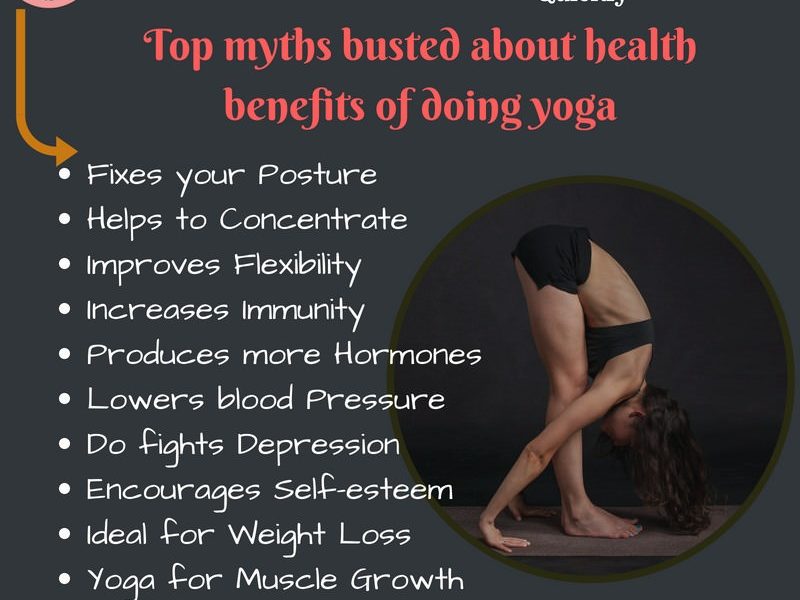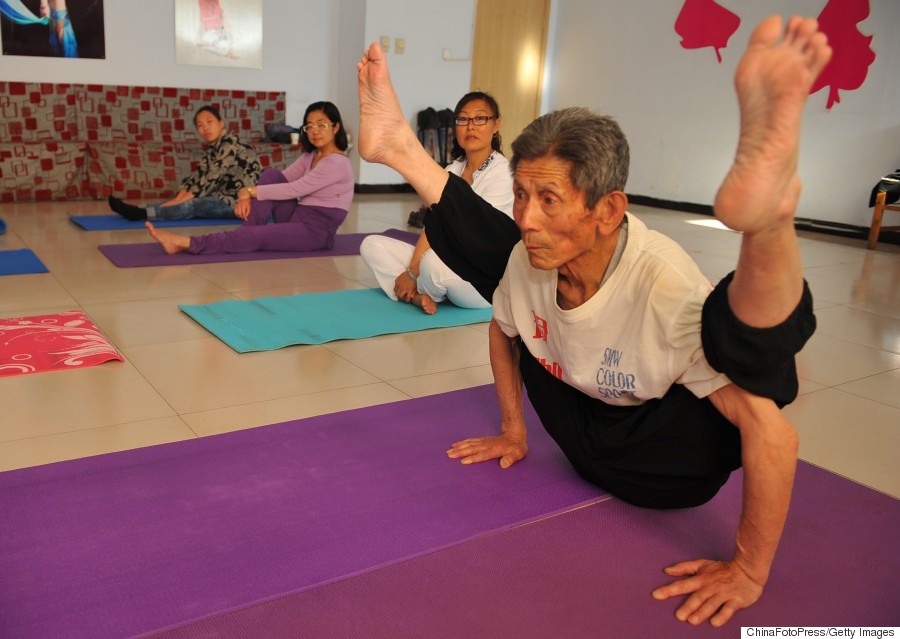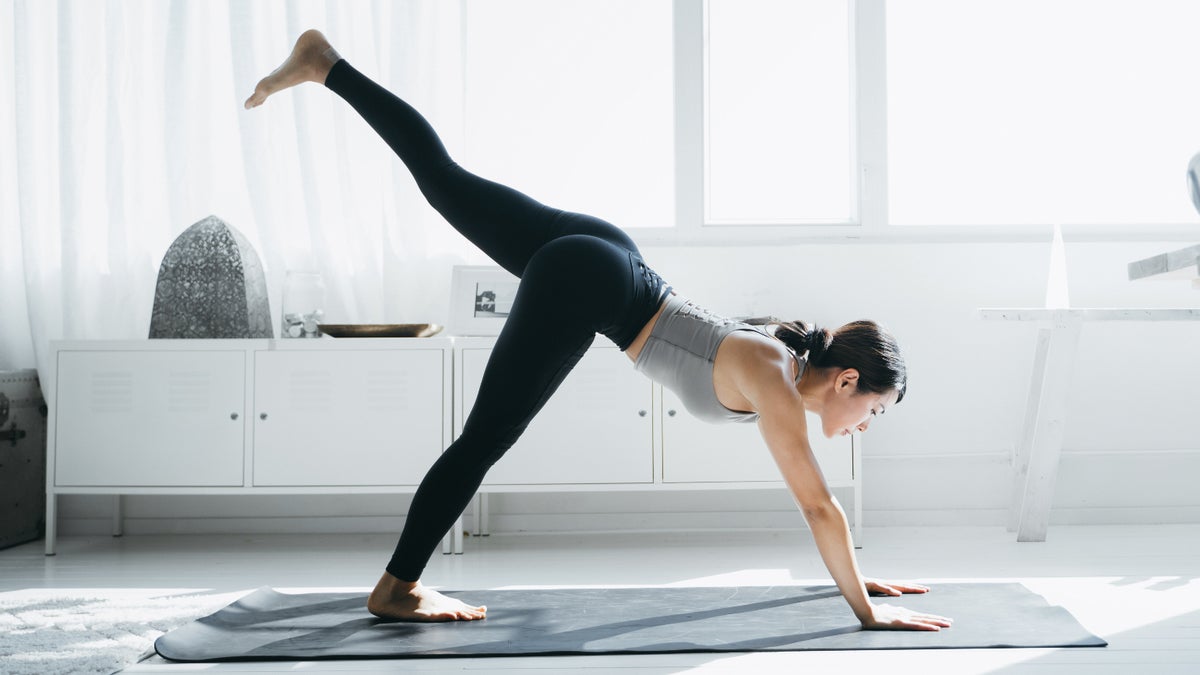
The main element of a yoga practice is the overall experience. These qualities should be apparent in yoga poses and every class should be tailored to address specific aspects of the practice. When sequencing yoga poses you need to consider the season, moon phase, time of day and current events. It is important that you keep your goal in mind when sequencing yoga poses. Here are some tips for creating an effective yoga sequence: To get the most out of your classes, choose the best yoga poses to focus on.
First, determine when you want to teach the poses. Beginners usually find it easier to start off with a warm-up yoga sequence, but more experienced yogis can also use a yoga warm-up to avoid injury. Part 1 can be done by beginners. This involves sitting comfortably on either a chair or a block. Then, he or she can practice part two. For a more challenging sequence, you can add advanced variations.
Once you have chosen your peak poses, consider incorporating some stretches or meditations into the sequence. This will make the students more aware of how their bodies align and provide them with a better understanding of peak poses. You should consider the needs and bodies of your students when designing your sequence. For beginners classes, it is best to start with simple asanas. Practice them slowly, and then gradually, during your class.

When designing the sequence, consider the physical requirements of your students. By the third or forth class, your students should be capable of performing the most difficult poses. If the yoga class is structured correctly, the sequence should feel invigorating and comfortable. Remember that yoga's main focus is on the process and not the result. The intention is to enjoy the practice and the journey. It should be enjoyable if you do this. Your body, breath, and the rest should all be truthful.
You must first understand your students' needs and abilities before you can teach yoga. A good yoga class will move students through poses with ease and make them feel comfortable. It will also give you confidence as a teacher. Make sure your students have the right yoga experience. For beginners, a yoga class should not start with a seated pose. The posture should be followed by a stretch. Avoid using the wrong postures.
Teaching yoga classes is not easy. It's important to be flexible. A new student might need more time to master the basics. It may also be necessary to spend more time powering through the poses. Remember to assess the ability of your students when you teach a class. It may take a longer time for those with injuries to be comfortable with the poses.
Yoga sequences are important. They will help your students achieve their dreams. It is crucial to know the right sequence of postures. You need to be able recognize the importance and significance of each posture in a yoga class. You must choose the poses that best suit your students. Respect your students' rights. Respecting the needs of your students is crucial. If you can't effectively teach yoga classes, it won't be possible for you to teach good classes to your students.

It is crucial to use a sequence of yoga poses. This allows you to integrate the poses into a class. You can also practice yoga at home if you don't have access to a class. You can create a playlist that suits you. This is not only a great method to teach yoga, but it can also help you build your confidence. This will help you feel confident in your ability and self-worth.
It's a great way for students to have a wonderful experience. When you have a sequence that is perfect for your students, you can be sure that your students will learn how to follow it. It is possible to create a great class by practicing. You'll also make your students happier and more comfortable. This is your greatest gift as a teacher. This will make sure your students have a great experience.
FAQ
What is your favorite workout order?
It all depends on your goals. First, lift heavy weights if you are looking to increase muscle mass. Then, move on to cardio. If you are looking to lose weight, then move on to strength training.
Cardio can be done if you want to just lose fat. Add strength training to your workouts.
Cardio is the best way to build muscle mass.
Before you start your workout, it is a good idea to eat. You will be able to give your muscles more fuel so they can work harder. It will also make you feel more energetic during your workouts.
How To Get Rid Of Belly Fat Fast?
There are many fast ways to lose belly fat. One option is to eat less calories and drink more water.
You can also increase your metabolism through activities like running or swimming.
Sitting down too long is not a good idea if you want your belly to shrink quickly. Stand up more often throughout the day. This will help you burn more calories.
If you've tried all the methods and are still struggling with belly fat, there's another option.
You will need a belt to do this. When you sit down, the belt tightens around your waist.
You will feel more comfortable and be able to move around. This causes you to burn more calories, and your belly fat will decrease.
How often should I exercise each week?
It all depends upon how much time you have and what type or exercise you prefer. The general rule of thumb is to exercise aerobically 3 - 5 days per week. It is important not to overdo it. To get the best results from your exercise, it is important to be consistent.
Which exercises are best for me?
It all depends on your fitness goals. Some people prefer endurance sports like swimming, cycling, or running. Some people enjoy lifting weights and using resistance bands. There are many exercise programs on the market today. Select the one that best suits your needs.
Statistics
- The PRS enabled risk stratification for overall prostate cancer and lethal disease with a four-fold difference between men in the highest and lowest quartiles (HR, 4.32; 95% confidence interval [CI], 3.16-5.89). (pubmed.ncbi.nlm.nih.gov)
- According to the American Academy of Dermatology (AAD), men over 50 are at a heightened risk of developing it. (healthline.com)
- Candidates and applicants must pass all four tests at 70% (minimum level) to graduate from Basic Deputy U.S. Marshal (BDUSM) Training. (usmarshals.gov)
- According to the American Heart Association, blood pressure should be checked at least once every two years, beginning at age 20. (my.clevelandclinic.org)
- 10 pounds in a month is likely during a lean bulking phase, especially for beginners. (muscleandstrength.com)
External Links
How To
How can I burn fat and exercise?
Exercise burns calories by increasing metabolism and oxygen consumption.
You'll lose weight safely if you exercise at moderate intensity.
These tips will help you burn fat and keep fit while exercising.
-
Cardio exercises like walking, running (or jogging), swimming, cycling, running, and/or elliptical training are all good options.
-
Three times per week, exercise for 30 minutes.
-
You can add strength training into your exercise routine if you're looking to lose even more weight.
-
Avoid intense exercise. It's possible to build muscle, but not lose it.
-
During exercise, drink plenty of water. Water flushes out toxins and helps keep the body hydrated.
-
After exercising, you should drink low-fat protein drinks. Protein shakes help repair muscles and boosts energy.
-
You can eat smaller meals throughout the day so that you don't feel hungry in between meals.
-
Don't skip breakfast! Skipping breakfast can lead to fatigue and sluggishness.
-
Take care of your mind. Stressful situations can slow your metabolism.
-
Keep a positive attitude. Studies show that people who believe they're overweight gain more weight than those who think they look pleasing.
-
Get enough sleep. Insufficient sleep can make it more difficult to lose weight.
-
Keep active. Keep moving every hour.
-
Maintain a healthy diet. Healthy eating will keep you fuller and more satisfied for longer.
-
Find relaxation methods. A tense mind doesn't allow your body to release stress hormones that break down muscle tissue.
A balanced diet includes all essential nutrients needed for growth and development.
Instead of eating three large meals a day, eat six smaller meals every day. This allows your body time to digest what you've eaten.
For strong bones to be maintained, you need approximately 500mg of calcium per day. Calcium is available in dairy products like milk, yogurt, fortified soy beverages, orange juice, cereal, bread, and cereals.
Calcium is found in green leafy vegetables, beans, tofu, seeds, nuts, and cheese.
Your body needs vitamin D to absorb calcium. Vitamin D can also be found in some fortified foods such as eggs, fish, and yolk.
Vitamin E is vital for your skin's health. Vitamin E is found in vegetable oils and wheat germ oil, as well as peanuts, almonds and sunflower seeds.
Zinc is essential for healthy immunity and wound healing. Zinc is found in oysters, legumes, meats, whole grains, and seafood.
Zinc deficiency may cause fatigue, loss appetite, depression, and impaired immunity.
Sugar intake can lead to insulin resistance which causes blood glucose levels to rise. Insulin resistance can lead to weight gain.
Insulin resistance occurs when the bloodstream is full of free radicals. Free radicals refer to molecules that contain unpaired electrons. They can damage cell membranes and other body parts.
Most free radicals come from pesticides herbicides, food additives, preservatives smoking, radiation, chemical in cosmetics, lotions and household cleaning supplies.
Free radicals can lead to cancer and heart disease, diabetes mellitus, arthritis, asthma, and premature aging.
A well-balanced diet rich in antioxidants is the best way for you to avoid free radical damage. Antioxidants protect against oxidative damage.
Vitamin C can be found in citrus fruits. Beta carotene can be found in carrots. Sweet potatoes. Tomatoes. Carrots. Sweet potatoes. Spinach. Broccoli. Cantaloupe. Vitamin E is found in nuts. Olive oil, avocados.
Additional antioxidant nutrients include selenium and copper, manganese and zinc.
Selenium protects cells against oxidative damage from free radicals. Selenium can be found in Brazil nuts and liver, kidneys, liver, kidneys, shrimp, cod, turkey and lamb as well as chicken.
Copper protects the eyes, brain, lungs, liver, and red blood cells. Copper is found in shellfishes, poultry, meat, organ meats, and other foods.
Manganese, an essential component of bone strength, is crucial. Manganese is found in brown rice, spinach, bananas, prunes, raisins, oatmeal, and lentils.
Zinc is important for healthy growth, reproduction, and wound-healing. Zn is found in lean cuts of meat, white fish, poultry, and eggs.